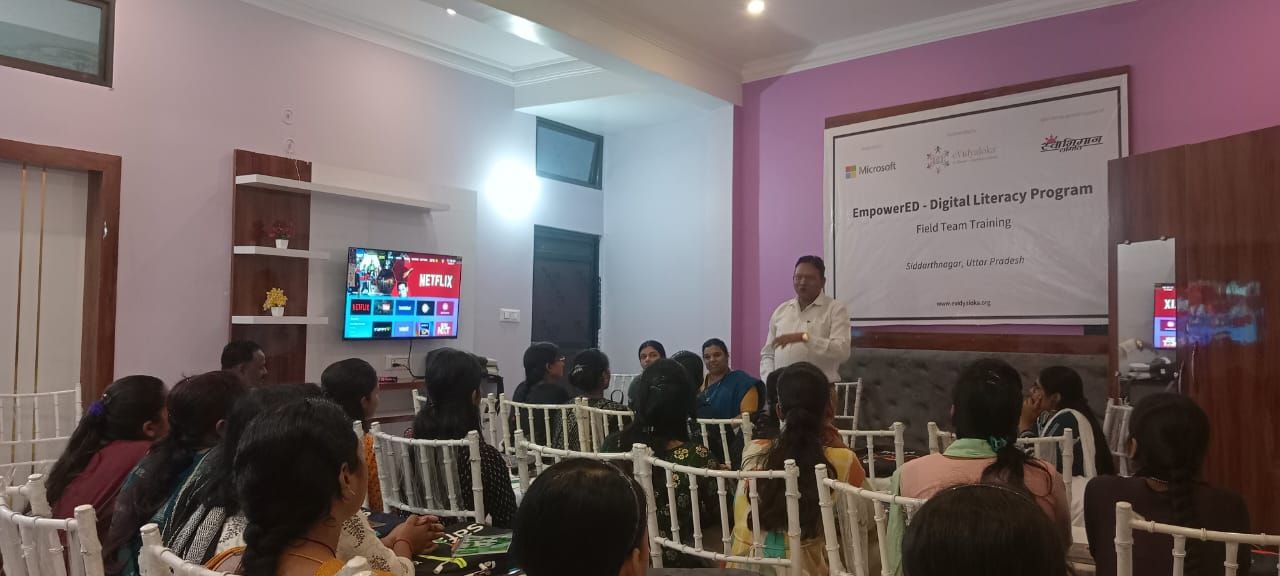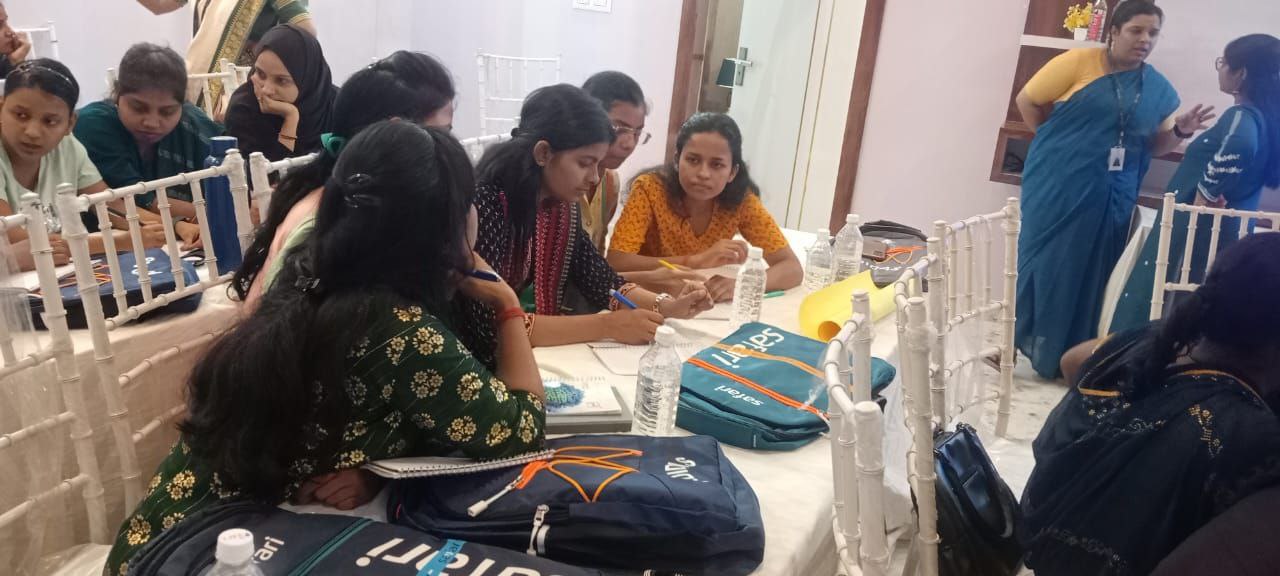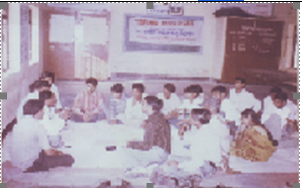Annual Status of Education Report (ASER) – December 2005
Swabhiman Samiti, in collaboration with Pratham, one of the leading organizations working in the education sector, conducted a survey to assess the educational levels of children aged 6 to 14 years. This was part of the Annual Status of Education Report (ASER) 2005, a nationwide survey aimed at understanding the state of education in rural India.
- Survey Objective:
The primary goal of this survey was to assess the education levels of children aged 6-14 years in the selected villages of Maharajganj district and provide critical data on literacy, numeracy, and overall learning achievements. This survey was part of the larger ASER initiative aimed at measuring the quality of education in rural areas.
- Survey Details:
- Survey Area: The survey was conducted in 20 villages selected through random sampling in Maharajganj district.
- Survey Methodology: The survey used a test-based approach, where children were assessed on basic literacy and numeracy skills to evaluate their academic progress.
- Partners: The survey was conducted with the support of Pratham, a leading organization in the field of education in India, known for its work in assessing learning outcomes and promoting education in rural areas.
- Survey Report Submission:
After the completion of the survey and analysis of the results, the survey report was submitted to key government officials and educational authorities to share the findings and initiate discussions on improving the educational outcomes for children in the region.
The report was submitted to the following officials:
- District Magistrate (DM), Maharajganj
- District Basic Education Officer (BEO), Maharajganj
- Principal, District Education and Training Centre (DIET), Maharajganj
This submission was crucial for ensuring that the survey results were reviewed by the relevant authorities and that necessary steps could be taken to address the issues identified in the report.



- Impact of the Survey:
The ASER 2005 survey helped to:
- Provide a clear picture of the education levels of children in the surveyed villages.
- Identify key areas that needed improvement, such as literacy, numeracy, and school attendance.
- Inform policy decisions and educational interventions by local authorities, ensuring that future initiatives were based on actual data about the state of education in the region.
- Conclusion:
The ASER 2005 survey conducted by Swabhiman Samiti and Pratham was a significant step in understanding the educational challenges faced by children in Maharajganj district. By providing valuable insights into the state of education, it helped pave the way for more focused efforts to improve literacy and learning outcomes in the region.






